Kingdom Plantae Family Iridaceae Tribe Irideae Scientific name Iris bucharica | Order Asparagales Subfamily Iridoideae Genus Iris Rank Species | |
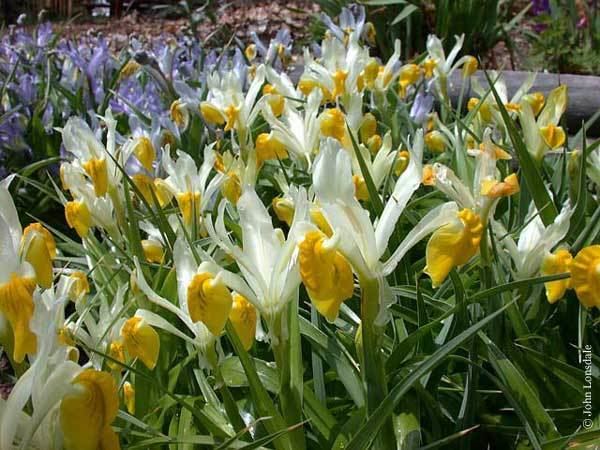 | ||
Similar Iris danfordiae, Iris magnifica, Iris aucheri, Iris histrioides, Iris subg Scorpiris | ||
Iris bucharica is a species in the genus Iris, it is also in the subgenus of Scorpiris. It is a bulbous perennial. It is also commonly known as 'Bukhara iris' or 'Corn Leaf Iris' or 'Horned iris'.
Contents
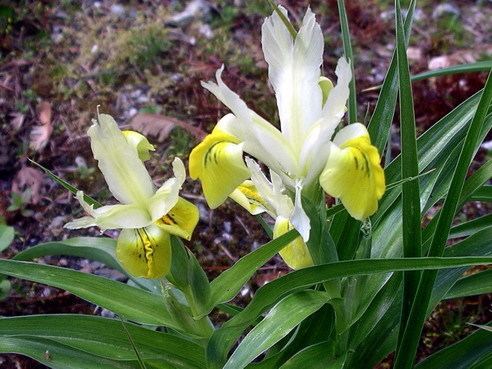
It is pronounced 'bukh-AR-ee-kuh' and named after the city of 'Bukhara' in Uzbekistan, Russia.
It was illustrated in the Curtis's Botanical Magazine, Tab. 7111 on 1 April 1890, and was incorrectly described by Baker as a specimen of 'Iris orchioides'. It was then published as Iros bucharica in The Gardeners' Chronicle by Foster in 1902. Michael Foster got the bulbs from the UK bulb merchant 'Van Tubergen' (also based in Harlem, Netherlands). It was also published in 'Flora and Sylva' in 1905.
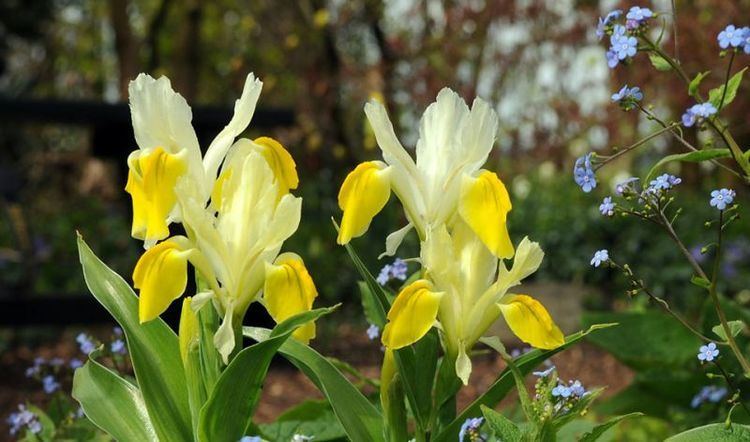
It was introduced into the UK in 1902.
This plant has gained the Royal Horticultural Society's Award of Garden Merit.
It is best cultivated in free draining fertile soils which are neutral or slightly alkaline, in full sun. The bulbs should be planted in late summer or in the autumn, but only about 5 cm deep (2-3 inches) It can grow in gravelly soils in full sun. They prefer to have a period of warmth and dryness during the summer, to prevent the fleshy roots from rotting away. This is normally after the foliage dies back in late June or early July.
It is widely cultivated in temperate regions. It is hardy to USDA Zones 5-9 or 4-8, or 4-9. But it can be grown in a pot in a greenhouse. Providing it is kept dry in summer and left out in the autumn rains.

It is thought to be fairly easy to grow and will increase (by bulblets), very quickly. This means it will naturalise quickly if growing conditions are favourable. Creating drifts in borders or rock gardens They should be lifted and divided every 3–4 years, to prevent over crowding.
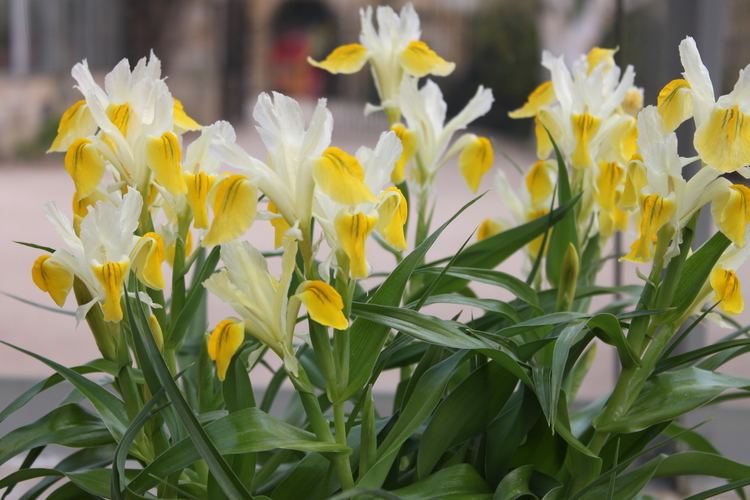
It can be grown from seed as well, but this will take several years before the bulbs are big enough to produce flowers.
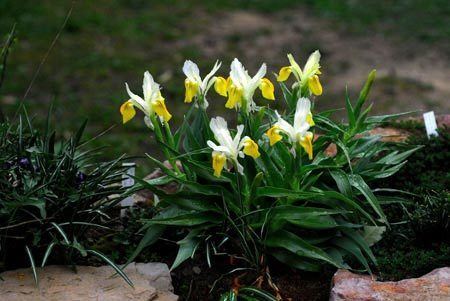
Iris orchioides hybridizes freely with 'Iris bucharica' to create a large golden flowered hybrid.
It is deer resistant.
Habit
Iris bucharica has a yellowish white bulb (about 2 cm in diameter)
with thin fleshy roots.
It grows up to between 20 and 40 cm (12-16 inches) high.
It has lanceolate (lance-like) leaves, which are blue-green below and glossy green (on the reverse). They reach up to 3.5 cm wide and grow up to 20 cm long. The leaves are scattered up the flower stems.
Each stem produces up to 7 flowers in spring, March or April. They bloom in order from the top of the stem, going downwards. They are not scented. The perianth tube is about 4.5–5 cm long.
The flowers have white (or creamy white) standards with yellow falls. The falls sometimes have brown markings and a deep yellow crest. The flowers are about 2.5 inches across.
Pure yellow forms are occasionally wrongly labelled as I. orchioides (a different species).
It has semi-circular stigmas, with whitish anthers and pollen.
Iris bucharica, Iris orchioides and Iris warleyensis all have cubiform seeds.
Native
It is native to Central Asia, in north-eastern Afghanistan, Tajikistan and Uzbekistan around Bukhara. It is endemic to the Gissar Range, in the valleys of Surkhan-darya, Kafirnigan, Vakhsh, Ak-su and Kizyl-su rivers.
It is found in pebble beds and gravely slopes of the lower mountain zone.
It is found at 5,000 and 6,000 feet above sea level.
Hybrid
A hybrid of Iris bucharica and Iris magnifica and has yellow and white flowers. It grows up to a height of 50 cm (20"). It is also hardy to Zone 6.
This hybrid flowers in April and May, the fragrant flowers (similar to freesia), are white with yellow blades on the falls. It reaches a height of between 25–35 cm (10-14"). It is also hardy to Zone 6. It is also known as 'Iris orchioides f. bicolor'.
